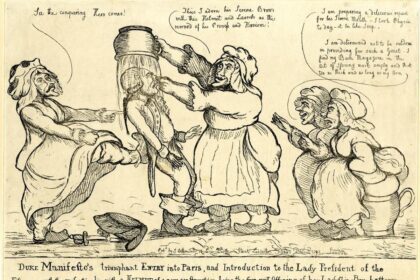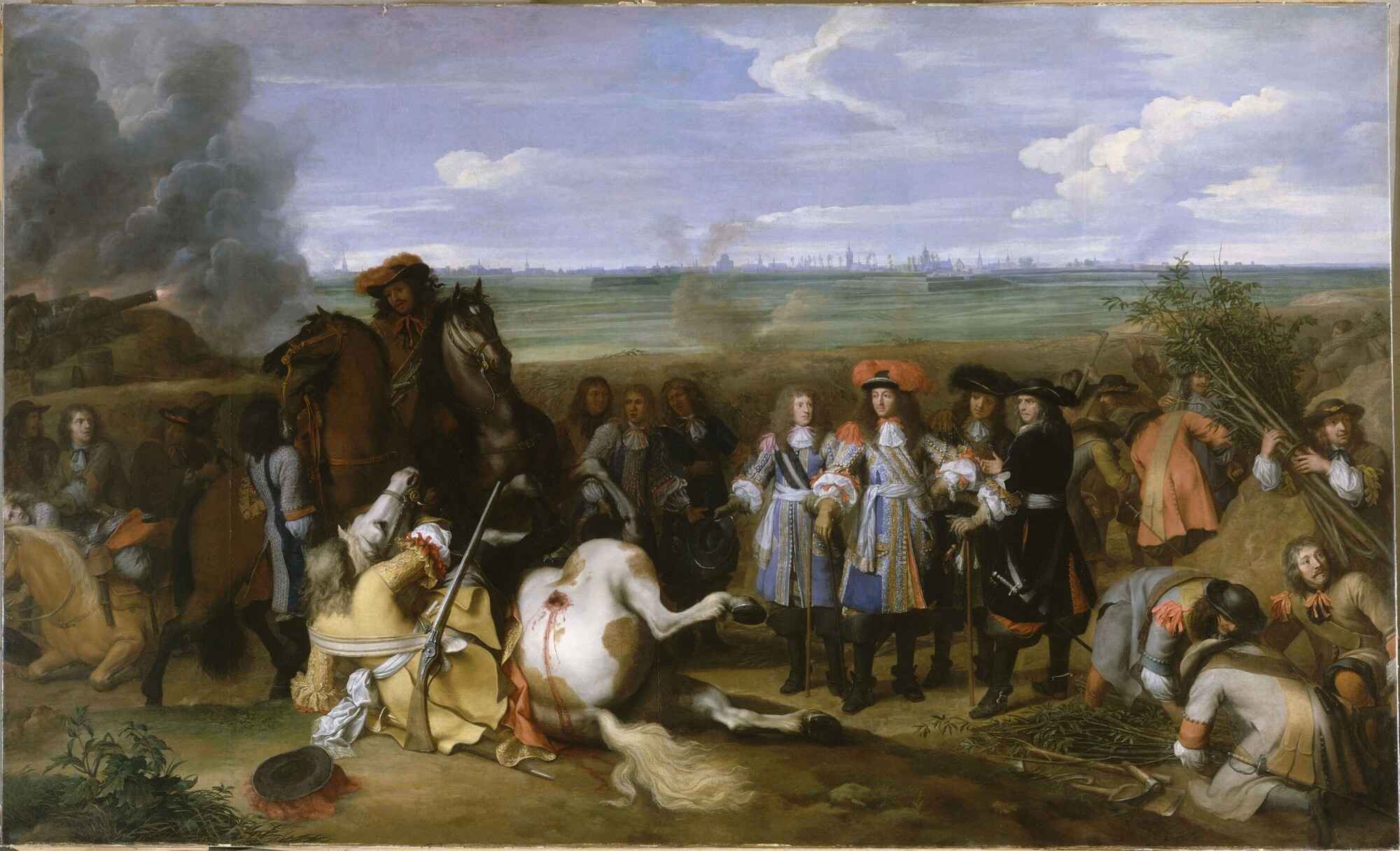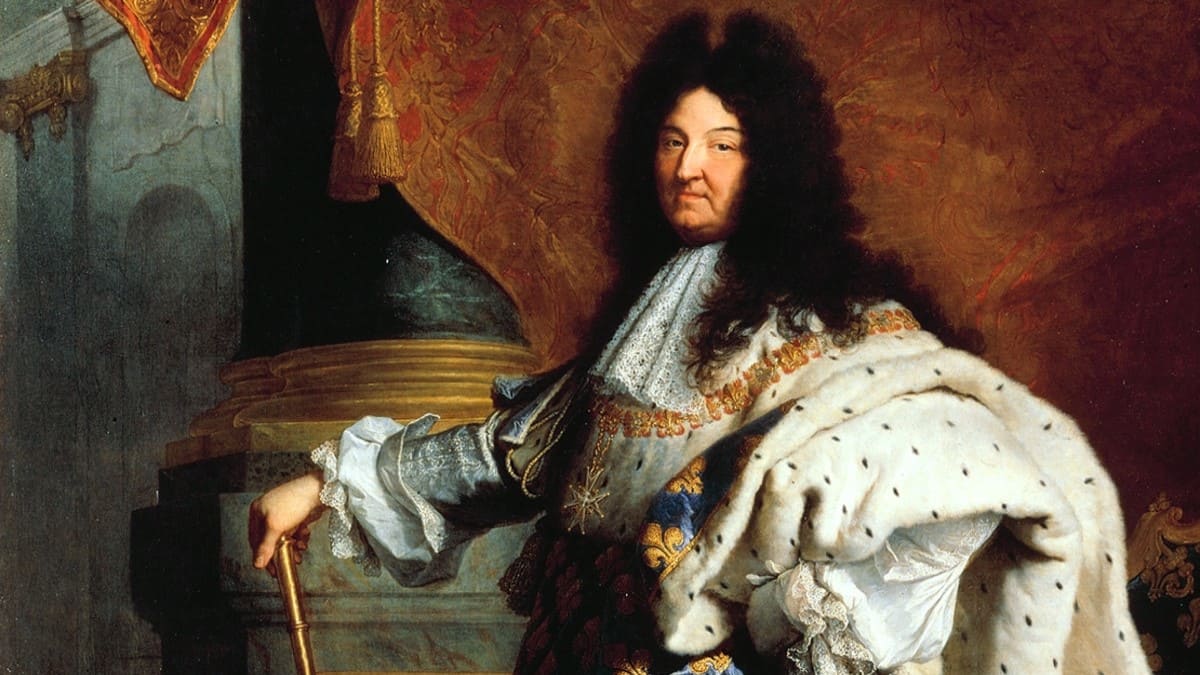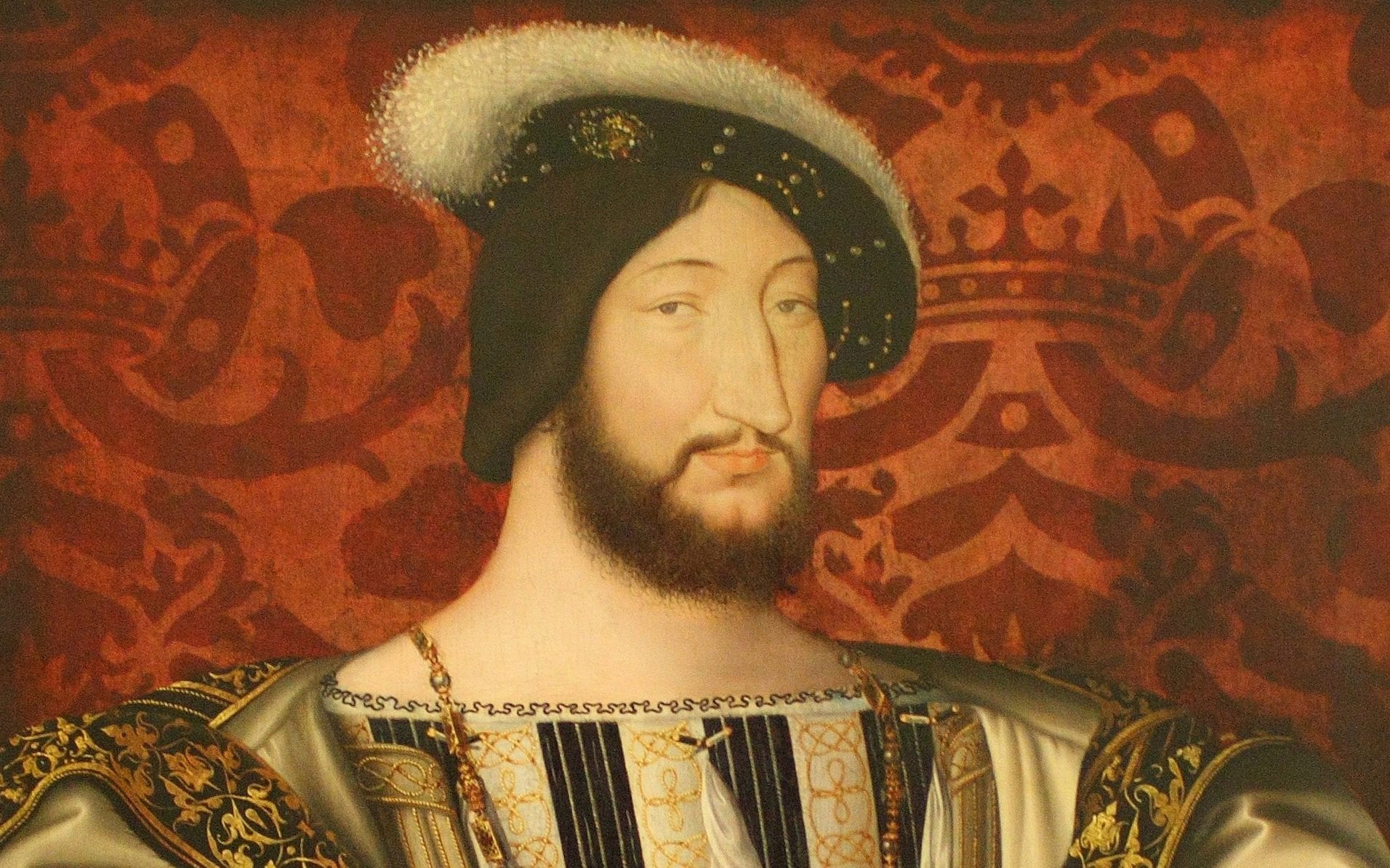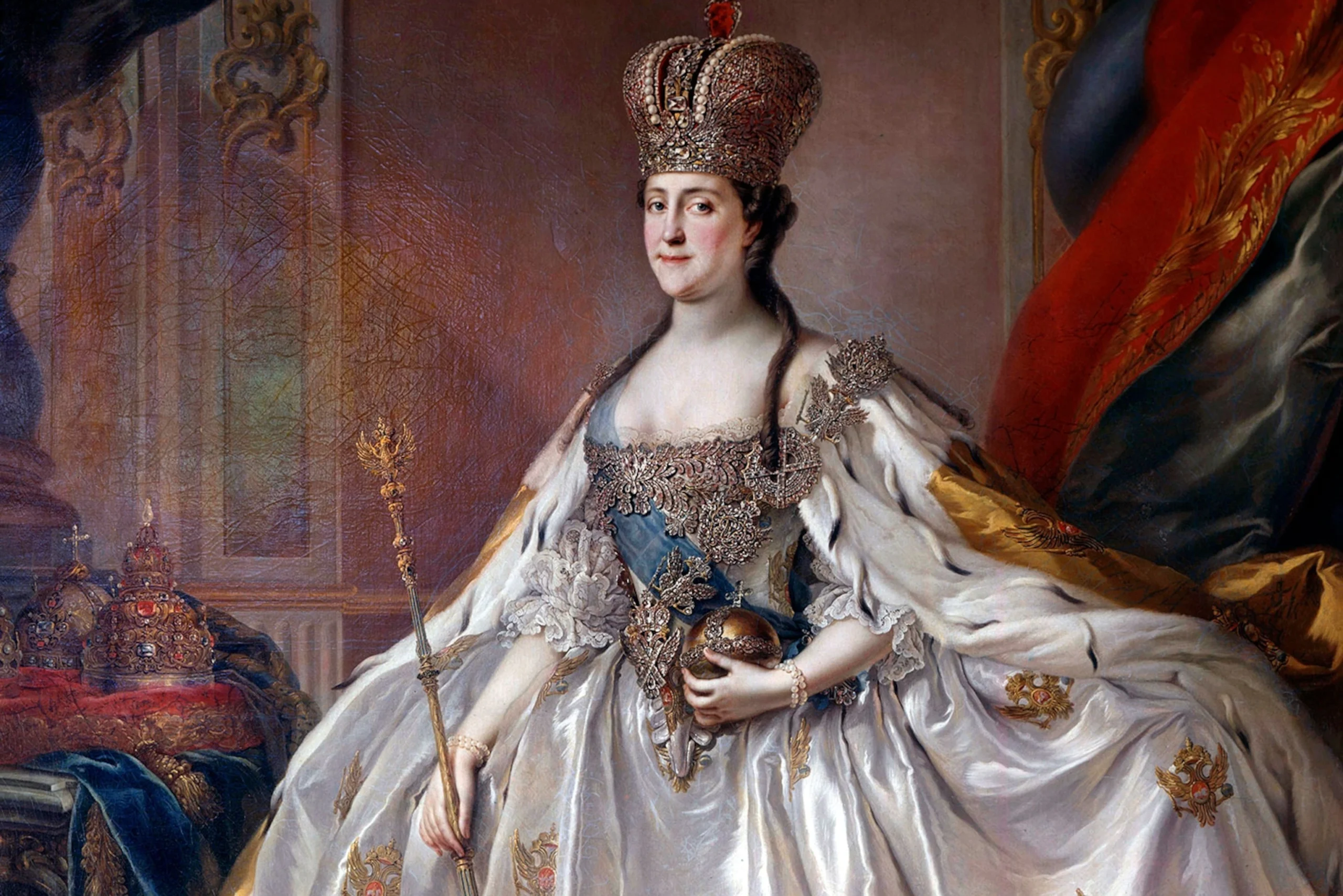Seven Years’ War at a Glance
What was the Seven Years’ War, and what were its main causes?
The Seven Years’ War was a worldwide struggle conducted between many major European nations, notably the United Kingdom, France, and Prussia, from 1756 to 1763. Territorial conflicts, as well as economic and political pressures, were the primary reasons of the war.
What were some of the key military campaigns and battles of the Seven Years’ War?
The Seven Years’ War was fought on several fronts, including those in Europe, North America, and India. The Siege of Quebec, the Battle of Rossbach, the Battle of Plassey, and the Battle of Kunersdorf were among the major military operations and conflicts.
What were some of the major outcomes and consequences of the Seven Years’ War?
The Seven Years’ War had a tremendous influence on the balance of power in Europe, as well as the main nations’ global colonial empires. The conflict saw France defeated and British colonial possessions expanded, mainly in North America and India. It also exacerbated tensions between Britain and her American colonies, which eventually led to the American Revolution.
Which treaties ended the Seven Years’ War?
u003cstrongu003eTreaty of Paris (1763)u003c/strongu003e: The treaty in question effectively brought an end to the hostilities that had been ongoing between Great Britain, France, and Spain across both Europe and North America. The treaty, which was executed on February 10, 1763, led to the transfer of a significant portion of France’s North American land to Great Britain, encompassing Canada and Louisiana, among other regions. However, France retained possession of certain Caribbean islands. u003cstrongu003eTreaty of Hubertusburg (1763)u003c/strongu003e: The treaty effectively resolved the hostilities that had arisen between Prussia and Austria in Europe. The treaty was executed on February 15, 1763, and culminated in Prussia’s retention of dominion over the province of Silesia, a significant source of dispute between the two nations.
Middle 18th century European tensions were high between the major powers. Their conflicts on the Old Continent and the American colonies revolved on establishing and maintaining a hegemonic trading and territorial presence. When Britain declared war on France on May 17, 1756, France immediately responded. Following its alliance with Prussia in the defense of Hanover, it launched an invasion against French Canada. Frederick II’s conquest of Saxony a few months later drew European powers into the battle. This started the Seven Years’ War. Treaties signed at Paris and Hubertusburg in 1763 officially ended the war between England and Prussia.
The war left both sides bloodless and deeply in debt, and it redrawn the political geography of Europe. As a result of England’s rise to global preeminence, France saw her colonial empire collapse. As Austria’s power waned, Prussia and Russia rose to prominence as political and military contenders. The American Revolutionary War would no longer be avoidable which started twelve years after the Seven Years’ War (1775-1783).
What Caused the Seven Years’ War?
The economic and expansionist rivalry between Europe’s leading nations were the root cause of the Seven Years’ War. The two countries had serious disagreements about who should control North America and India. When the War of the Austrian Succession broke out in Central Europe, Maria Theresa of Austria was keen to reclaim Silesia from Prussia. It was in the New World in 1754 that the battle first erupted informally.
The British colonies’ westward expansion and the fur trade were both stymied by the French, who the colonists wished to see eliminated. A new colonial war between Britain and France was then proposed, but Britain was concerned about keeping the French army in Europe. In the face of mounting Austrian antagonism, it found a reliable friend in Prussia’s King Frederick II. The latter opted to act first, seizing Saxony on August 29, 1756. The Seven Years’ War started with this assault against the Holy Roman Empire’s State.
How Did the Seven Years’ War Unfold?
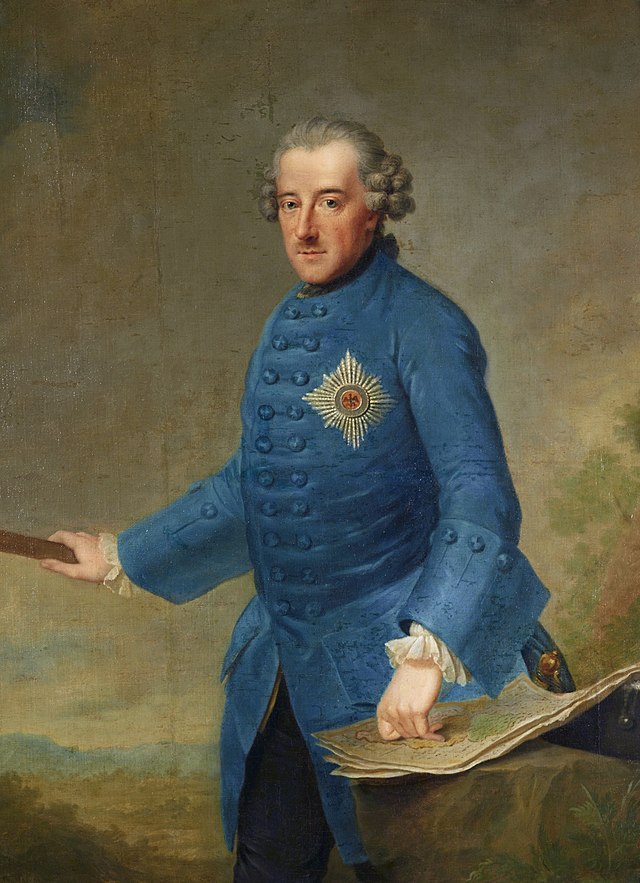
Prussia under Frederick II was besieged and must fight on its own for the remainder of the European war. Nonetheless, it sustained the assault and even scored some significant triumphs. In 1756, Frederick II won at Lobositz, and then again at Leuthen the following year. In 1757, he won at Rossbach, against France. Both the Russians and the French were beaten by him in 1758, at Zorndorf and Krefeld. His forces were eventually defeated in 1759, and he was forced to leave Bohemia. Both East Prussia and Pomerania were invaded by Russia and Sweden, respectively.
French early victories in the New World were the capture of Fort Oswego and Fort William Henry. But in July 1758, during the Siege of Louisbourg, the tide of battle swung in England’s favor. It was in 1759 that the English first captured Guadeloupe and Québec City; the following year, they took Montreal. The country went to war with Spain in 1762 and promptly captured Havana and Manila. On January 16, 1761, after a long and bloody siege, France’s last commercial station in India, Pondicherry, fell to the British.
Who Won the Seven Years’ War?
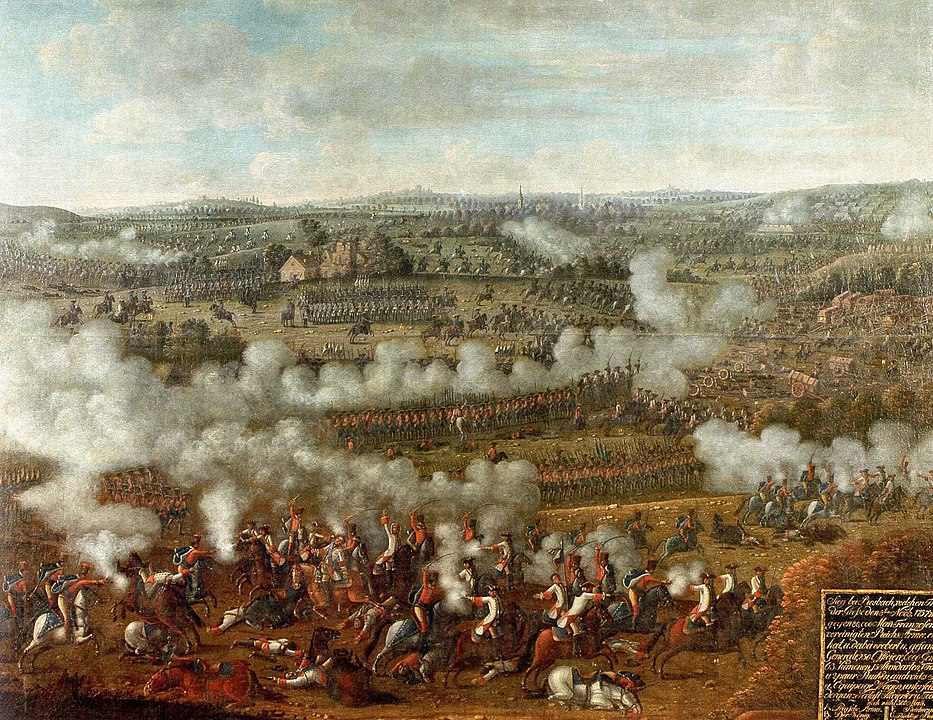
Britain and Prussia triumphed over France and Spain in the Seven Years’ War in 1763. In 1762, Russia and then Sweden withdrew from the alliance, swinging the war in Frederick II’s favor. On May 22, 1762, Sweden officially signed the Treaty of Hamburg with Prussia and withdrew from the conflict. Austria collapsed after its loss at Burkersdorf and immediately launched peace negotiations. As a result, on February 15, 1763, the war in Central Europe was officially ended with the signing of the Treaty of Hubertusburg.
While it retained Silesia, Prussia gave up Saxony to the Holy Roman Empire. The French colonial navy was swiftly overwhelmed by the superior British Navy, which sunk several French ships and assaulted French ports. Eventually, Louis XV made peace with England after being cornered.
The Treaty of Paris was signed by France, Britain, and Spain on February 10, 1763. Canada, Acadia, and Louisiana were handed up to England by France (New France). Florida was ceded to the English by Spain. France handed lost Minorca to the British, but reclaimed Martinique, Guadeloupe, and five commercial stations in India, including Pondicherry.
How Many People Died During the Seven Years’ War?
Armies and civilian populations alike suffered tremendous casualties during the Seven Years’ War. The total number of military fatalities was close to 700,000; around 180,000 of them were Prussian troops. The human toll was even higher among civilians. More than a million individuals lost their lives, most likely due to starvation, sickness, or theft. Armed troops on the move sometimes raided the areas they passed through to obtain supplies and food.
Since many men were paid badly, their dissatisfaction and violence only grew. Numerous exactions were performed against the populace over the seven years of the battle. In particular, we may recall the French invasions of the German nations and the English colonial wars against the indigenous peoples of the Americas. The sickness also killed many people who weren’t fighting. Hecatombs among the crews of warships and commercial ships were caused by typhus and scurvy, and the diseases destroyed whole communities.
The Aftermath of the Seven Years’ War
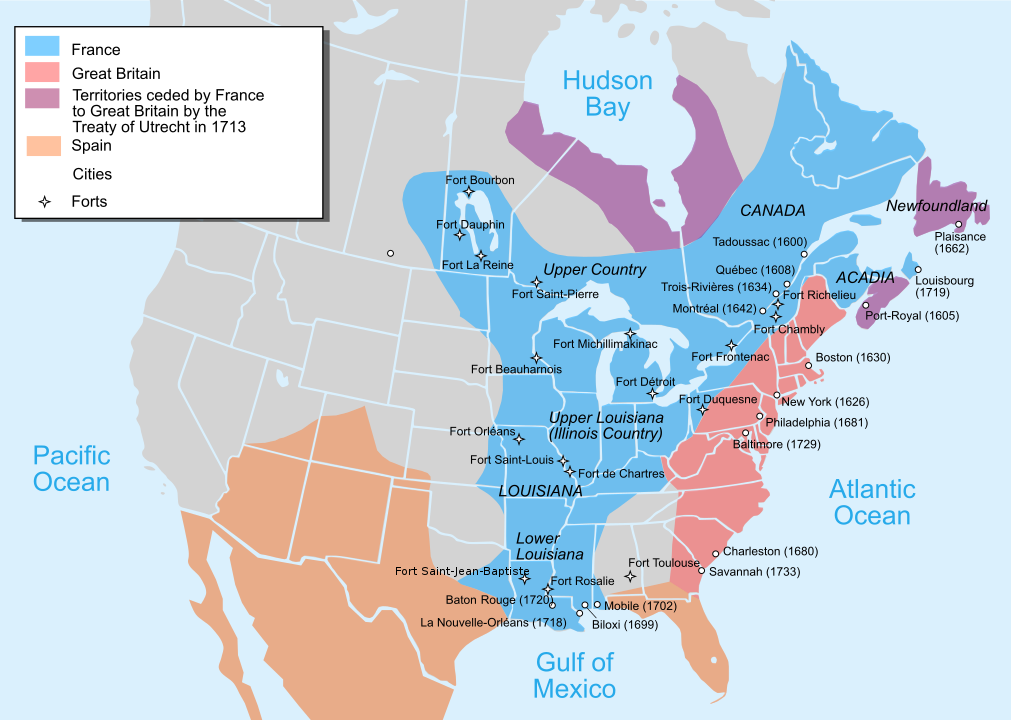
The Seven Years’ War, often seen as the first global battle, significantly altered the geopolitical landscape of the next century. By the end of it, England had established itself as a global leader in trade and colonization. Austria’s influence in Europe declined as Prussia established itself as a dominant player. France, however, was severely debilitated and lost a sizable chunk of her colonial empire as a result of the war.
After signing the Treaty of Fontainebleau on November 3, 1762, Louis XV handed up half of Louisiana to Spain.
France was also defeated by Britain in the fields of diplomacy, culture, and the military. All nations suffer economic devastation as a result of the conflict. England’s debts were so high that it was inevitable that the colonists would be taxed. It also had to contend with the Amerindian uprising known as the Pontiac Rebellion from 1763 to 1766. The late 18th century is remembered for two important events, the American Revolutionary War and the French Revolution, both of which may be traced back to the choices taken at that period.
KEY DATES IN THE SEVEN YEARS’ WAR
Fighting flares up again in the Ohio and Mississippi valleys in May 1754
In the months of May and July of 1754, the British and the French resumed their conflict for the sovereignty of the Ohio and Mississippi valley regions. The western Allegheny ridge was the scene of the fighting. The last French and Indian War started when the French attacked the British in Ohio.
Battle of Jumonville-Glen Occurred on May 28th, 1754
On May 28, 1754, the Battle of Jumonville-Glen took place, the first battle of the Seven Years’ War. The conflict, which occurred during the French and English war for dominance of the Ohio Valley, lasted all of fifteen minutes. It ended with the execution of the officer Jumonville by a platoon armed with George Washington. The latter was accused of murder by the French shortly thereafter.
Battle of Fort Beauséjour occurred on June 16, 1755
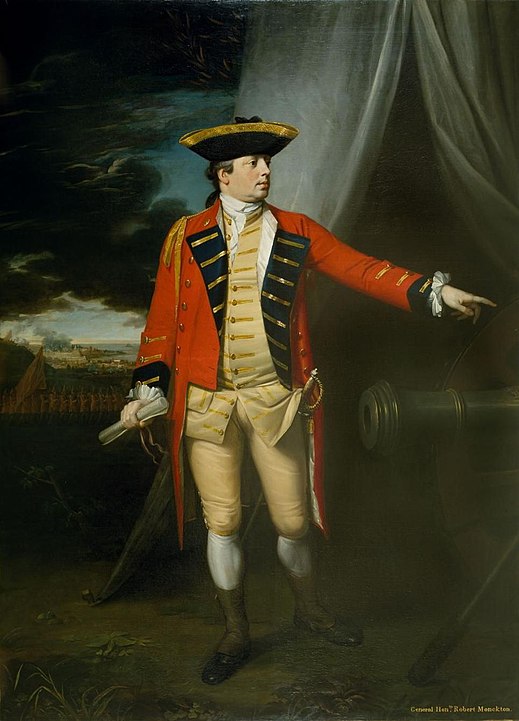
From June 3-16, 1755, British forces led by Colonel Robert Monckton and stationed at Fort Lawrence fought French troops in the Battle of Fort Beauséjour. To facilitate the passage of English forces across the Chignecto Isthmus, the British began their attack at the start of the Seven Years’ War. The battle ended with a crushing British victory over the weak French troops.
The Braddock expedition concluded on July 9, 1755
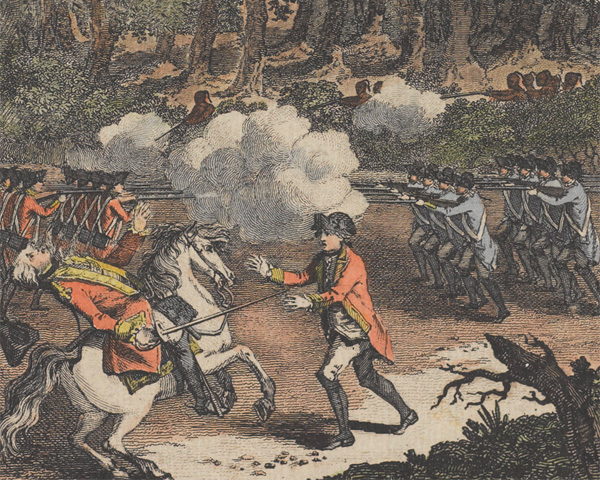
The Braddock expedition, named for the commander who led it, was decisively defeated in the Battle of Monongahela on July 9, 1755. The purpose was supposed to see General Braddock and his British force push the French out of Fort Duquesne in Pennsylvania, but instead the British were defeated and Braddock was slain. The British suffered one of their first serious defeats of the Seven Years’ War.
Expulsion of the Acadians, July 28th, 1755
Acadia, in present-day Canada, was a former French province that was handed up to the British Crown in the year 1713. England, on the verge of going to war with France, had the Acadians swear loyalty to the Crown.
As a result of their reluctance, England decided on July 28, 1755, to deport 13,000 Acadians to New England. During their forced migration, almost 7,000 people perished as a result of hunger, exposure, disease, or accidents at sea. After the war ended, some Acadians returned to France while others moved to Quebec and Louisiana.
The Seven Years’ War officially begins on May 17, 1756
Conflict between England and France, which began on May 17, 1756, and lasted until 1763, was recognized officially to have begun on this day. In opposition to Austria, France, Russia, Sweden, the Holy Roman Empire, and Spain were Great Britain, Prussia, and Hanover.
The continents of Europe, North America, India, and Africa all experienced the Seven Years’ War at the same time. British rule expanded, Prussia asserted itself politically and militarily, and the first French colonial empire collapsed. Today, historians and experts see it as the first major global battle.
The Franco-Spanish win the Battle of Minorca on May 20th, 1756
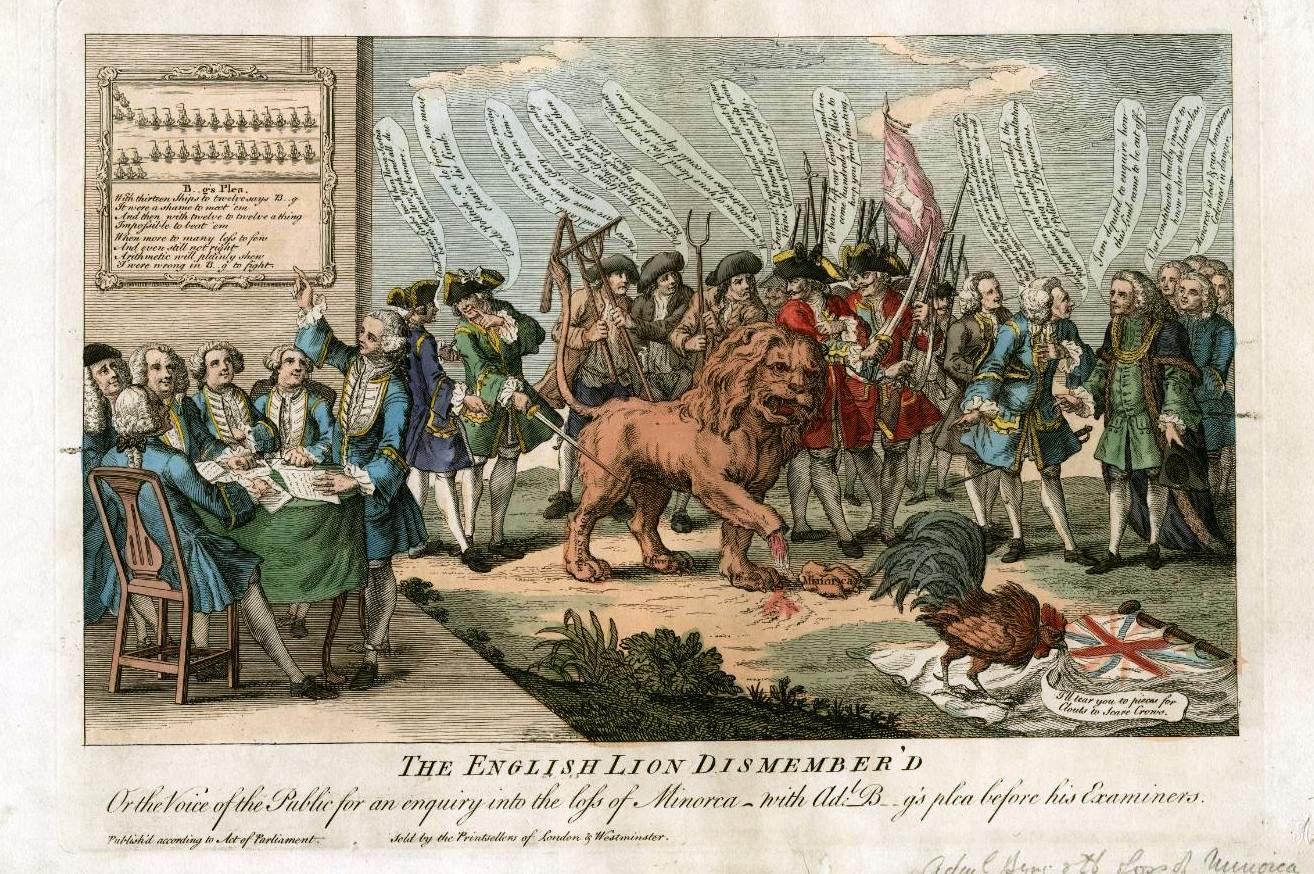
The Franco-Spanish alliance decisively defeated the British in the Battle of Minorca on May 20, 1756. Port-Mahon, a vital British naval station, was taken by the Marshal of Richelieu in a surprise naval raid in the middle of the Mediterranean. This clash occurred during the early stages of the Seven Years’ War, when Britain had just declared war on the House of Bourbons.
French triumph at Fort Oswego on August 14, 1756
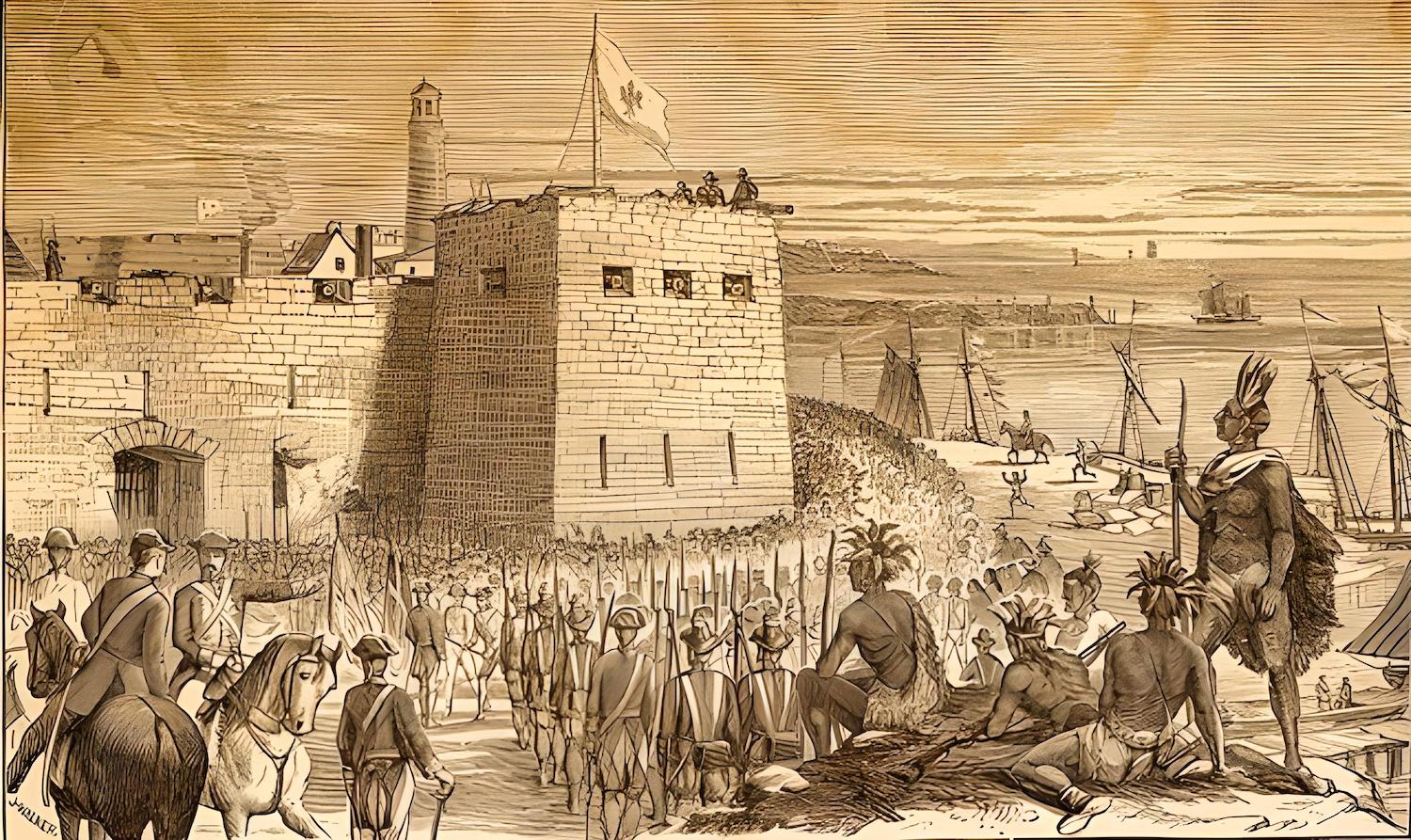
The Battle of Fort Oswego took place between August 10 and 14, 1756, and was won by Louis-Joseph de Montcalm and his forces, who were partnered with the Amerindians. Montcalm was able to exert dominance over the whole Great Lakes area when he destroyed Fort Oswego and captured Fort William Henry, which controlled the Hudson Valley. Following this triumph, he was granted complete autonomy over the deployment of his army by the monarch.
Battle of Lobositz was won by the Prussians on October 1, 1756
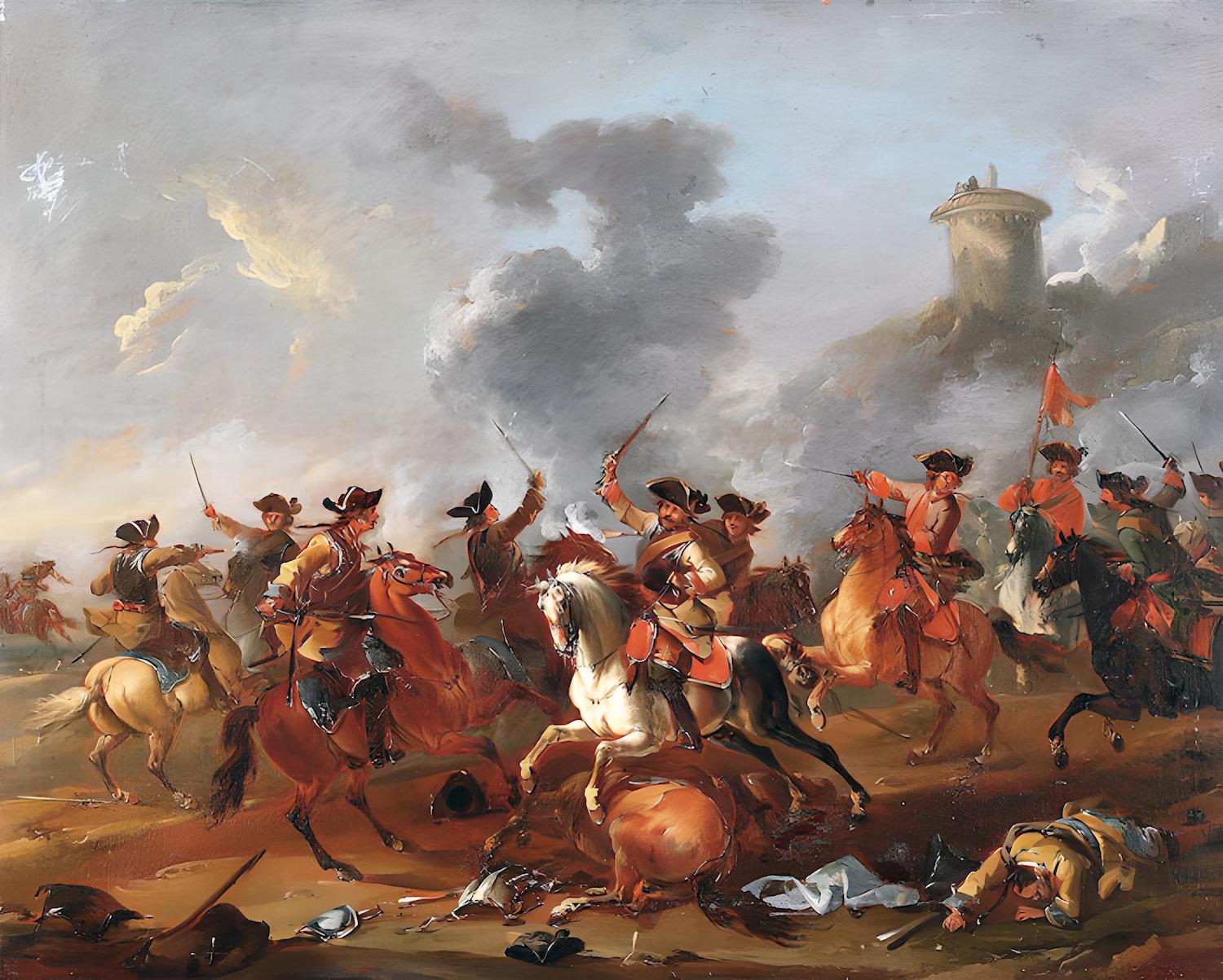
In the Battle of Lobositz in Bohemia on October 1, 1756, Prussia, headed by Frederick II, decisively defeated Austria. After this conflict, France, Russia, and Sweden all became involved in the infamous Seven Years’ War. On October 14, Frederick II’s forces took advantage of the unpreparedness of the Austrian army and secured a complete capitulation.
Russia signs the Treaty of Versailles on December 31, 1756
Russia became a signatory to the Treaty of Versailles on December 31, 1756. This pact altered previous diplomatic agreements during the War of the Austrian Succession and the Seven Years’ War. There had been an alliance between France and Austria against Britain and Prussia since May 1756. France, Austria, and Sweden strengthened their alliance on December 31 with the addition of Russia, Saxony, and Sweden.
Execution of Admiral John Byng, March 14, 1757
On March 14, 1757, the British Admiral John Byng was executed by firing squad in Portsmouth on the HMS Monarch. The British court-martial found the previous governor-commodore of Newfoundland guilty of treason for abandoning a fort under siege by the French at the Battle of Minorca. Due of his fear, he and his crew had abandoned the British forces and escaped to Gibraltar.
Battle of Reichenberg occurred on April 21, 1757
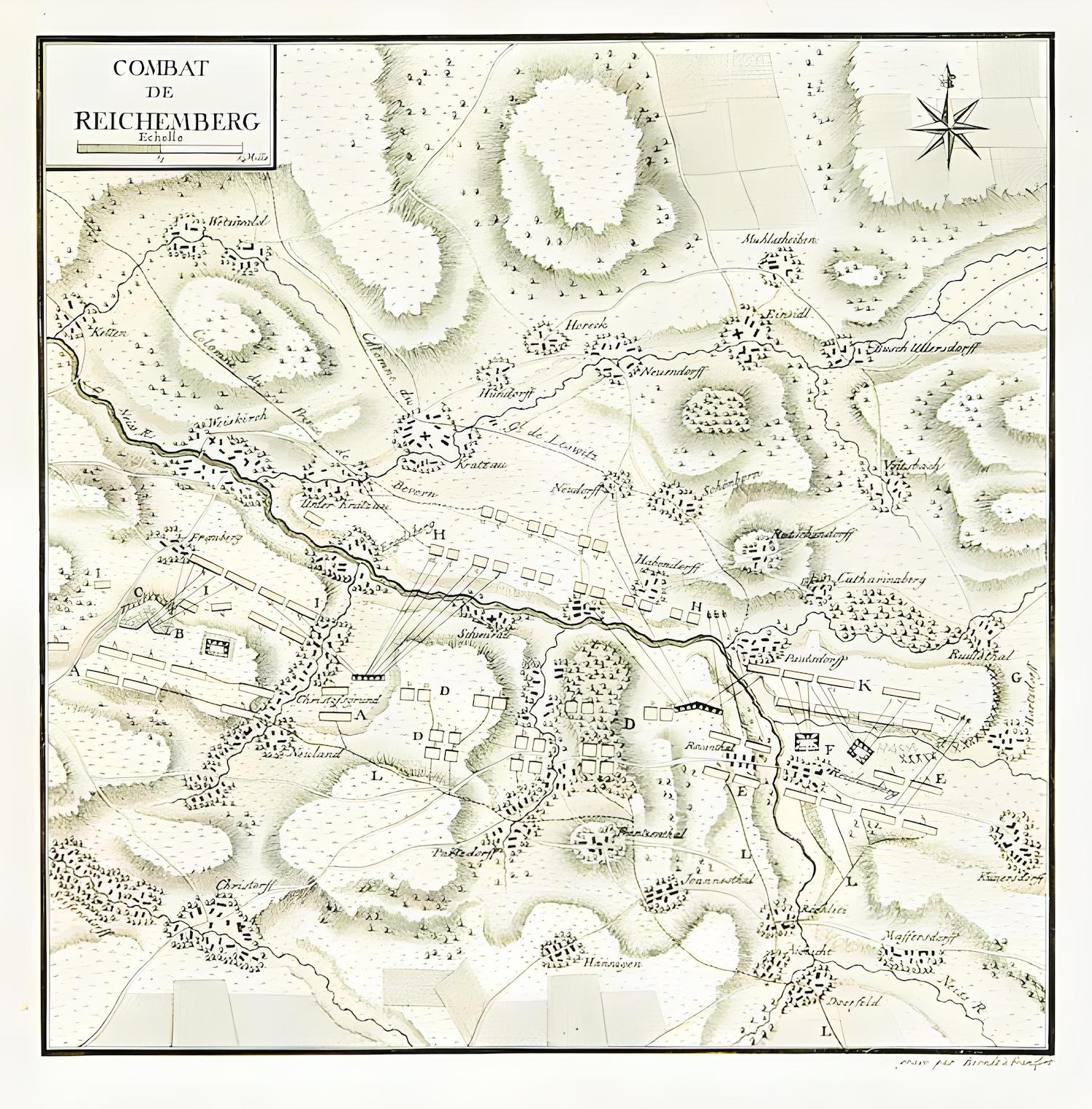
The Seven Years’ War battle at Reichenberg was fought on April 21 of that year. Marshal von Bevern and his Prussian forces were met by an Austrian army when they returned to Bohemia. The veteran soldier prevailed and reclaimed all of the Austrian supplies, enabling him to resume his march and capture Prague later that year.
Battle of Kolín: June 18, 1757
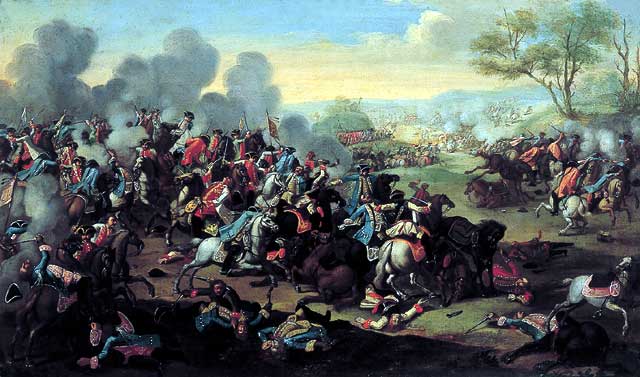
Austrian forces beat those of Prussian King Frederick II in the Battle of Kolín on June 18th, 1757. Austrian forces were assaulted at Kolín while Prussian forces occupied Prague. As a result of this first Seven Years’ War setback for the Prussians, Frederick II was forced to surrender not just Prague but all of Bohemia after a bloody struggle.
Battle of Hastenbeck: July 26, 1757
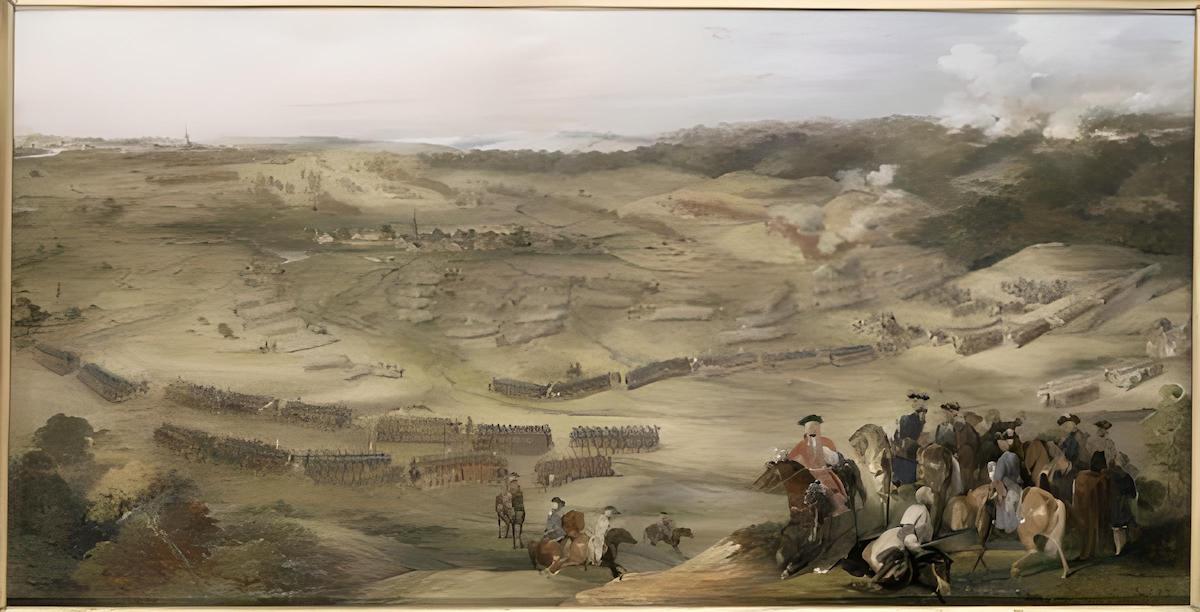
After joining forces with Prussia and Great Britain in the Seven Years War, France invaded Hanover in April 1757. Invasion by the French on July 26th, 1757, led to their victory in the Battle of Hastenbeck. French forces occupied all of Hanover after a combat that had begun the morning before at Klosterzeven.
Battle of Moys: September 7, 1757
In the midst of the Seven Years’ War, on September 7, 1757, the Battle of Moys took place in Görlitz, Silesia. General Hans Karl von Winterfeldt’s Prussian army of 13,000 soldiers was annihilated by General Leopold Joseph von Daun’s Austrian force of 30,000 troops. The whole Prussian army surrendered to the Austrians at the conclusion of this fight.
Battle of Breslau: November 22, 1757
The Austrian army won a great victory over the Prussian troops on November 22, 1757, at the Battle of Breslau. While the Prussian army seemed to dominate Austria and its 84,000 soldiers, it retreated into Breslau, before capitulating two days later. The great Prussian General von Brunswick was taken prisoner. This conflict took place within the framework of the Seven Years’ War.
Battle of Leuthen: December 5, 1757
In the Battle of Leuthen in Silesia, fought on December 5, 1757, Frederick II and his Prussian soldiers decisively defeated the forces of the Austrian Empire. During this battle of the Seven Years’ War, Frederick II kept his whole army together by capitalizing on the Austrians’ lack of coordination and tactical blunders. Thanks to this, Prussia was able to take full control over Silesia.
First Battle of Gondelour: April 29, 1758
The French and British warships fought the first of three Naval Battles of Gondelour on April 29, 1758. It occurred in the Bay of Bengal, south of India, on the Carnatic Coast, and its goal was to seize possession of Gondelour, the French trade station there. In this fight, which was part of the Seven Years’ War, France triumphed against Britain.
Assault on Louisbourg Begins on June 8 1758

The American colonial war was turned on its head on June 8, 1758, when the British started their siege of Louisbourg. The fort’s location on Cape Breton Island made it an important stronghold.
After a month of warfare, Louisbourg finally capitulated to the British on July 27, 1758. With this new strategic location, the British Navy could launch attacks on the French forces in Quebec from up the St. Lawrence River. The slow downfall of Canada might be traced back to this first big French setback in North America.
Battle of Saint-Cast: September 11, 1758
The British attempted an invasion of France on September 11, 1758, but were soundly defeated. Jacques-Pierre Rioust des Villaudrains and a volunteer army were able to stave off the invaders in the Battle of Saint-Cast near Saint-Malo because to their tenacity and Vauban’s well-built defenses. For at least eight days, locals pushed the British to their limits in the harbour of Saint-Cast.
Battle of Hochkirch occurred on October 14, 1758
Frederick II of Prussia’s forces were defeated by Austrian forces at the Battle of Hochkirchen in Saxony on October 14. It is fair to say that the King of Prussia suffered one of his worst losses in this particular encounter during the Seven Years’ War. One of Frederick II’s preferred military strategies was utilized by Marshal von Daun and his 80,000 troops against the 31,000 Prussian soldiers.
Battle of Beauport: 31 July 1759
The British Navy sped up the St. Lawrence River after taking Louisbourg. On June 26, British forces under General James Wolfe’s command arrived in Quebec City. The French had taken strong defensive positions at the fort and along the beaches. At the Battle of Beauport on July 31, 1759, the French Army triumphed over the British. The English army was forced to flee after losing around 400 men against the French army’s 70.
Battle of Kunersdorf: 12 August 1759
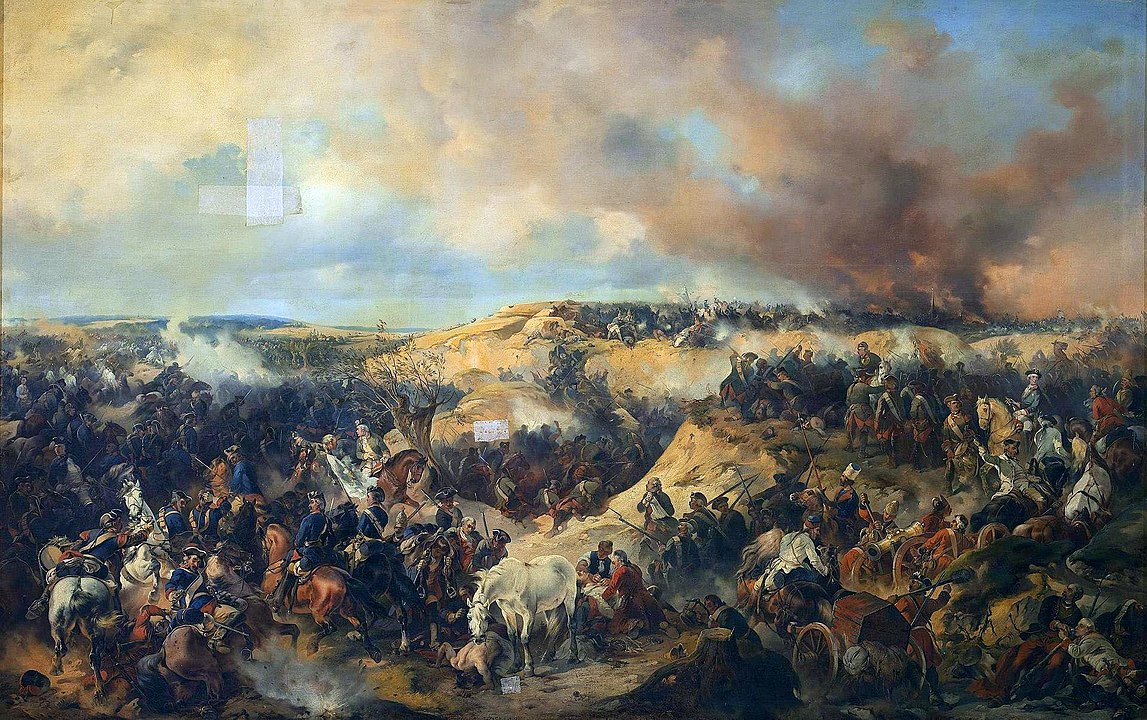
At Künersdorf in Brandenburg on August 12, 1759, Prussian and Austrian forces handed Frederick II of Prussia his worst loss of the Seven Years’ War. More than 43,000 Prussian soldiers lost their lives at the hands of Russian forces headed by Marshal Piotr Saltykov. On the danger of losing his realm, Frederick II owed his deliverance only the pro-Prussian Russian tsar Peter III.
Battle of Lagos: 1759, August 17
Choiseul ordered the French Navy to focus on Scotland and the Thames Estuary on August 17, 1759. Even though the Toulon squadron’s fourteen ships made it around the Cape of Gibraltar, the British force eventually caught up to them. The French Navy was soundly beaten in the Battle of Lagos, which took place in the neutral seas off the coast of Portugal.
September 19, 1759: Quebec Falls
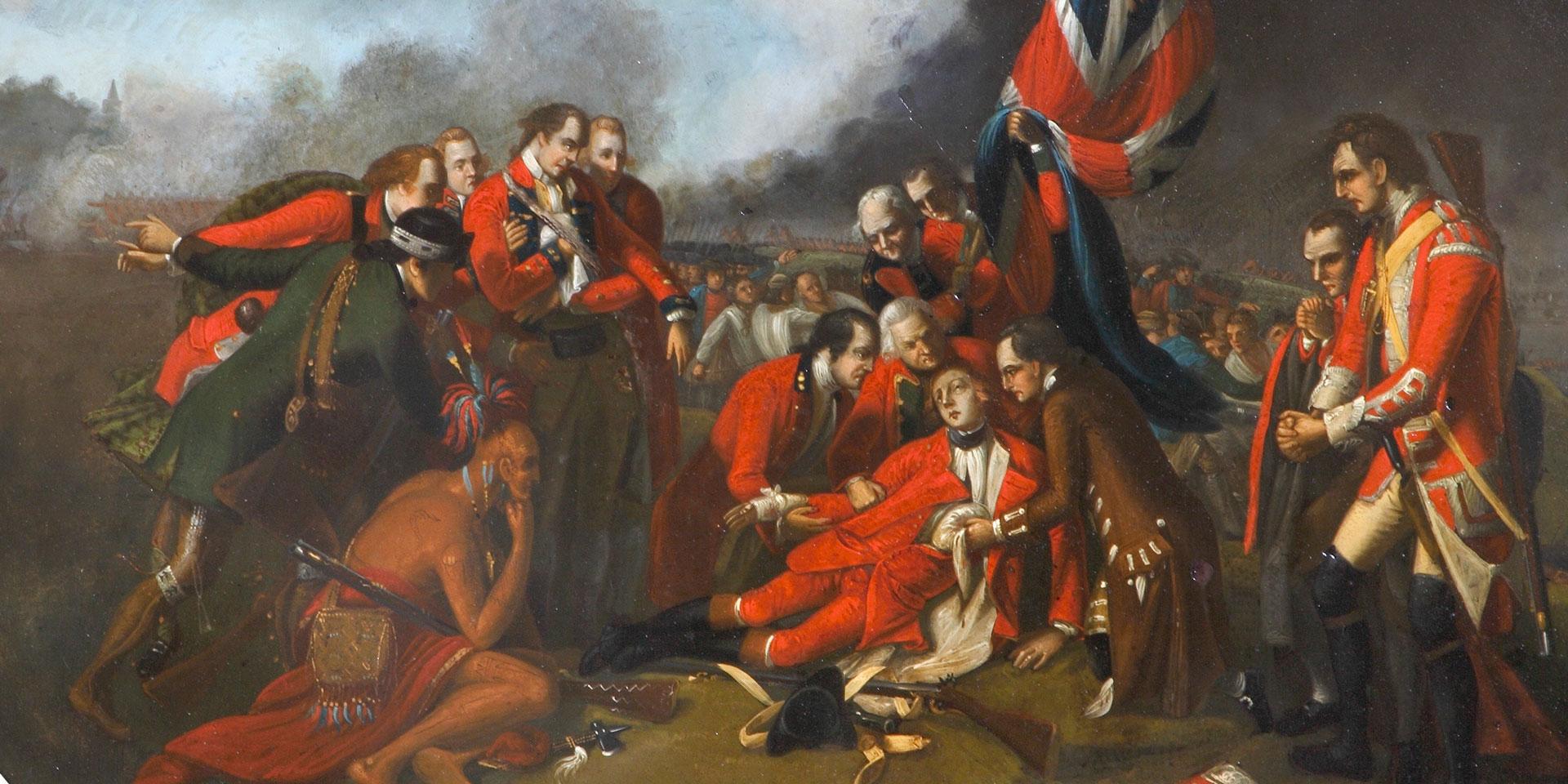
After two months of intense bombardment by the British fleet, the beleaguered French at Quebec surrendered on September 19, 1759. Capt. John Knox, after a bloody battle, finally gained control of the devastated city.
A few days previously, the British army had beaten the French forces in the Battle of the Plains of Abraham. Montcalm and Wolfe, the leaders of opposing armies, were both slain in action. People in the province formally submitted to the authority of the British monarchy. The French troops had to retire to Montreal, which surrendered a year later…
Battle of Quiberon Bay: November 20th, 1759
The Battle of Quiberon Bay, which took place on November 20, 1759, was one of the Royal Navy’s finest successes of the Seven Years’ War. The French navy, which had been severely weakened by a lack of funds and different illnesses, was decisively destroyed by the British fleet and suffered heavy casualties in the Battle of Quiberon Bay.
The English thereby established themselves as the undisputed masters of the high seas. The French fleet, commanded by Admiral Conflans, was distracted by the British force, commanded by Admiral Hawke, off the coast of Belle-Île. In 1756, France, Russia, and Austria declared war on England and Prussia. The conflict, which began in 1756 and continued until 1763, was often referred to as the Seven Years’ War.
Battle of Sainte-Foy: April 28, 1760
The French army’s last significant victory in Canada occurred on April 28, 1760, in the vicinity of Quebec City, at the Battle of Sainte-Foy. Chevalier François Gaston de Lévis, Montcalm’s successor, led an army that defeated Murray’s forces. When reinforcements from the English came through the St. Lawrence River, he was forced to abandon his attempt to regain Quebec. The lost Canadian colonies remained under British rule until the cession of New France at the Treaty of Paris in 1763.
June 4, 1760: Arrival of the Acadians in New England
French-speaking immigrants known as Acadians landed in New England from Nova Scotia on June 4, 1760. The Great Upheaval, of which this landing was a part, was a major expropriation of residents during the British takeover of the former French possessions in North and South America. From a total population of 15,000 to 18,000, historians have calculated that between 7,000 and 9,000 Acadians perished in the deportations of the Grand Dérangement.
Battle of Landshut occurred on June 23rd, 1760
At the Battle of Landshut in what is now Poland on June 23, 1760, the Austrian Army under the command of General Ernst von Laudon defeated Frederick II of Prussia’s army. The Prussian commander who commanded the fight, Heinrich de la Motte-Fouqué, arrested after this win for the Austrian Empire, which was crucial to the conclusion of the Seven Years’ War, which had been raging since 1756 throughout the globe.
Battle of Warburg: August 1, 1760
The French army under Louis de Félix d’Ollières fought against the united forces of Brunswick, Hesse-Cassel, Hanover, and the kingdom of Great Britain in the Battle of Warburg in Westphalia, modern-day Germany. The Seven Years’ War clash, which started on July 31, ended in a devastating French loss.
Montreal Capitulates to the British on September 8, 1760
Almost exactly a year after Quebec fell, Montreal capitulated. Governor Vaudreuil issued a surrender order to the Chevalier de Lévis and his forces as they faced up against three British armies.
In the aftermath of the French evacuation, the English imposed martial rule on the citizens of Montreal. In 1755, the war between two enemies that had been at odds for generations in Canadian territory finally ended. After this, the British had complete control over New France.
Battle of Kloster Kampen took place on October 15, 1760
On October 15, 1760, the French army won the battle of Clostercamp, on the Rhine, against its enemies of the Seven Years’ War, Great Britain, Prussia, Hanover. The conflicts between de Broglie and Saint-Germain prevented them from capitalizing on the triumph, which might have helped France progress in its conquest of German territory and eventual victory.
France’s loss of Pondicherry, January 16, 1761
Three years into their battle with the English in India, the French found themselves in a desperate situation. Beginning on September 4, 1760, British forces laid siege to the Indian commercial town of Pondicherry.
For the first time in eight months of combat, on January 16, 1761, the garrison of General de Lally-Tollendal surrendered due to famine. They still haven’t forgiven him for losing to France. A treason charge led to his execution in Paris in 1766. French control over Pondicherry was restored in 1763 as part of the Treaty of Paris.
Treaty of Hamburg: May 2, 1762
Russia severed ties with Prussia when Peter III was deposed on July 9, 1762. On May 2 of that year, Prussia made the decision to formally recognize the Swedish Empire by signing the Treaty of Hamburg. In it, Peter III’s successor Catherine II agreed to pull her soldiers out of Frederick II of Prussia’s army, but that didn’t stop them from beating the Austrians at the Battle of Burkersdorf two months later.
Battle of Wilhelmsthal occurs on June 24, 1762
On June 24, 1762, during the Seven Years’ War, a decisive battle was fought at Wilhelmstahl. When France tried again to take Hanover, a coalition of countries comprising the United Kingdom, Prussia, and the electorates of Hanover, Hesse-Cassel, and Brunswick united to oppose them. Even though the French had more soldiers, the alliance troops were able to push them back.
Peter III of Russia is killed on July 17, 1762
Elizabeth I of Russia, the tsarina, passed away at the start of 1762. Her nephew, Peter III, took over as monarch after her death. During the Seven Years’ War, he switched sides and sided with Prussia. He also desired a conflict with Denmark in order to seize Schleswig. Catherine the Great (Catherine II), afraid for her husband’s safety, staged a coup to remove him from power. On July 17th, Alexei Orlov, the head of the Naval Forces, mysteriously had him killed.
Battle of Burkersdorf: 21 July 1762
The Battle of Burkersdorf was fought on July 21, 1762, during the Seven Years’ War. Elizabeth I of Russia, the tsarina of Russia, passed away at the start of the year, and Peter III, her nephew, ascended to the throne. The latter, a supporter of Prussian King Frederick II, withdrew his forces and abandoned his holdings in East Prussia.
While doing so, he dispatched an army to aid Prussian forces fighting Austria and negotiated a peace pact with Frederick II. Peter III was assassinated in early July, and his wife, Catherine II, became the new ruler of Russia. She pulled the Prussians out of the fight immediately upon being notified of this. Nonetheless, in an effort to deter the Austrians, Russian soldiers observed the Battle of Burkesdorf without actively taking part. The Prussians came out on top in the end.
In the Battle of Signal Hill, September 15, 1762
It was during the Seven Years’ War in North America that the Battle of Signal Hill took place. The French were caught off guard by the British on Signal Hill on the morning of September 15, 1762, and were forced to retire to the fort.
Only roughly 500 troops participated in the combat, but it was decisive because it forced the French to leave Saint-Jean for the first time since June 27. To the knowledge, this was the last battle between the two sides.
Battle of Manila began on September 24, 1762
The naval battle of Manila started on September 24, 1762, during the Seven Years’ War. Archbishop Antonio Rojo commanded the Spanish army against William Draper’s British forces. On October 6 of that year, the British forces won the fight.
Battle of Freiberg: 29 October 1762
The Battle of Freiberg occurred on October 29, 1762, and was a pivotal event in the Seven Years’ War. In it, Prussia faced up against a coalition that included the Holy Roman Empire and the Archduchy of Austria. The battle was ultimately won by the Prussians, who drove the Allies back to the town of Pirna.
Within a week after their victory, the conquerors plundered the Saxons’ food depots and took three cities. And in the meanwhile, the allied commander Andreas Hadik von Futak began talks with Frederick II of Prussia to dissolve the Imperial Army.
The Treaty of Fontainebleau, signed on November 3, 1762
After France was defeated in the Seven Years’ War, on November 3, 1762, Louis XV signed the Treaty of Fontainebleau in secret. The treaty ceded to Spain the region on the western side of the Mississippi River known as Louisiana. In 1763, the United Kingdom would get the balance of these territories thanks to the Treaty of Paris.
February 10, 1763: End of the Seven Years’ War
The war between France and England officially ended with the Treaty of Paris on February 10, 1763. When the French Revolution broke out, they gave up Canada, Acadia, the west bank of the Mississippi, and a number of islands in the Caribbean to the British.
However, the country was able to reclaim five commercial posts in India and hold on to the profitable sugar islands of Martinique and Guadeloupe. As a result, England becomes the leading global power, overtaking France on the battlefield and in diplomatic relations. The Third Silesian War officially ended five days after the Treaty of Hubertusburg was approved by Prussia and Austria.







